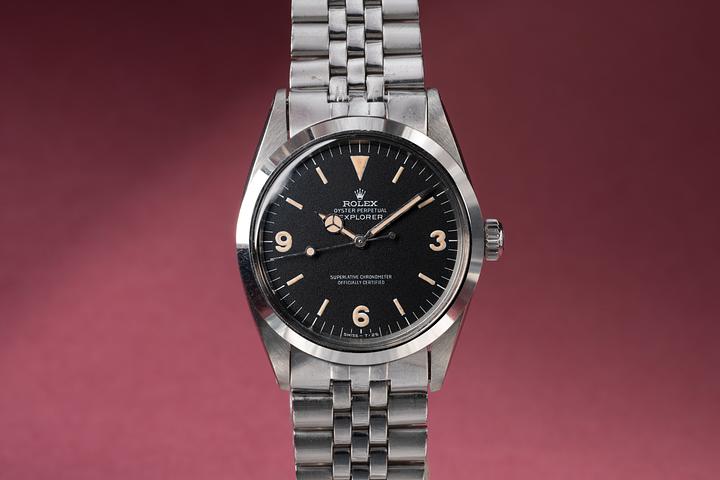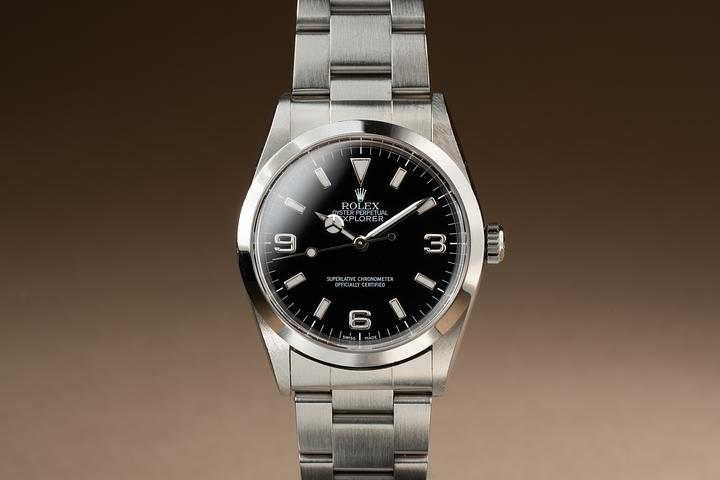Rolex Cosmograph Daytona History and Legacy Explained

The Legacy of the Rolex Cosmograph Daytona: A Masterpiece of Swiss Horology
Few timepieces have gripped the imagination and admiration of collectors, enthusiasts, and motorsport professionals alike as resolutely as the Rolex Cosmograph Daytona. Introduced in 1963, the Daytona was not merely a chronograph—it was a meticulously engineered tool conceived to meet the demands of professional racing drivers. Grounded in Swiss watchmaking tradition and shaped by decades of innovation, the Daytona’s enduring legacy is a testament to the standard of excellence upheld by Rolex. With its timeless design, precision chronometry, and cultural significance, the Cosmograph Daytona stands as a definitive icon in horological history.
Origins of a Timekeeping Icon
When Rolex introduced the Cosmograph Daytona in the early 1960s, it was stepping into a world increasingly centered on performance and speed. Motorsports had become a global phenomenon, and the need for reliable chronographs capable of measuring elapsed time with pinpoint accuracy was essential. Rolex, already acclaimed for its achievements in waterproof and robust tool watches such as the Submariner and Explorer, entered this space with strategic intent.
Taking inspiration from dashboard instruments found in race cars, the early Daytonas featured high-contrast dials, technical subdials placed symmetrically at 3, 6, and 9 o’clock, and a tachymetric scale engraved on the bezel. This functionality allowed drivers to measure average speeds over a given distance with a glance. Interestingly, the name “Daytona” was adopted shortly after Rolex became the official timekeeper of the Daytona International Speedway. This partnership gave the watch an American motor racing identity, distinct and evocative from inception.
The Evolution of the Daytona: Ref. 6239 to Zenith El Primero
The first reference, the 6239, is often considered the foundational model of the Daytona family. While its manual-winding Valjoux 72 movement required skill and patience to wind daily, the watch’s engineering and design precision made it an immediate favorite among professional drivers and watch connoisseurs. Its stainless steel case, pump-style pushers, and sharply delineated subdials declared both form and function, decade after decade.
In 1988, Rolex introduced a game-changing evolution. The Daytona was outfitted with the Zenith El Primero movement—an automatic chronograph caliber widely regarded as one of the most advanced of its time. Modified heavily by Rolex and rechristened the Caliber 4030, it marked the brand’s transition away from hand-wound movements. The new automatic models were more refined, larger at 40mm, and featured upgraded sapphire crystals for improved scratch resistance. This move drastically shifted perception and desirability, elevating the Daytona from a racing instrument to a luxury chronograph revered globally.
Paul Newman and the Mythos of Collectibility
Among the most captivating stories surrounding the Cosmograph Daytona is its association with actor and racing aficionado Paul Newman. His personal Daytona, a Ref. 6239 gifted by his wife Joanne Woodward in the late 1960s, featured an Art Deco-style dial that would later be dubbed the “Paul Newman” dial. At the time, these exotic dials were slow sellers, often considered aesthetic outliers.
However, the celebrity association and growing collector interest triggered a meteoric rise in value. In 2017, Newman’s own watch sold at auction for $17.8 million, instantly becoming the most expensive wristwatch ever sold at that time. This event reinforced Daytona’s cult status among collectors. More broadly, it spoke to the potent combination of Rolex quality, rarity, and cultural resonance—a trifecta that continues to fuel the Daytona’s allure.
Modern Redefinition: The In-House Caliber 4130
Rolex’s decision in 2000 to equip the Cosmograph Daytona with its own movement, Caliber 4130, opened a new chapter. Designed and manufactured entirely in-house, the 4130 offered superior functionality, increased power reserve to 72 hours, and fewer moving parts for enhanced reliability. The vertical clutch mechanism ensured smooth starts and stops of the chronograph hand, eliminating the issues previously encountered with lateral clutch systems.
Externally, the aesthetic was refined but preserved. The tachymeter bezel remained integral to its identity, as did the subdials and overall symmetry. Underneath, however, the Daytona had been rendered more precise, robust, and efficient. This move symbolized Rolex’s broader philosophy: constant evolution without abandoning the essence of the original design. The result was a professional instrument that met the rigorous criteria of Swiss chronometric standards while appealing aesthetically to both seasoned collectors and new enthusiasts.
Material Innovation and Design Variants
Throughout its production, the Daytona has been rendered in a range of materials that reflect Rolex’s mastery in metallurgy. From classic stainless steel to gold variations—yellow, white, Everose—and the unique Cerachrom ceramic bezel introduced in 2016, the range epitomizes Rolex’s commitment to technical material innovation. Each variant brought with it not just a new aesthetic experience, but also functional enhancements, particularly in scratch resistance and long-term durability.
The incorporation of proprietary materials such as Oystersteel and the monobloc Cerachrom bezel further set the Daytona apart. While the steel models remain the most sought-after, particularly due to their limited availability and waiting lists, gold and platinum Daytonas with ice-blue dials have become symbols of elevated taste among elite clientele. Each design respects the core DNA—chronograph capabilities, tachymeter scale, and understated elegance—while catering to different expressions of style and performance orientation.
The Timeless Significance of the Cosmograph Daytona
The Rolex Cosmograph Daytona is more than a timepiece; it is a chronicle of Swiss horological achievement and cultural storytelling. From its racetrack-inspired inception to its current status as a global icon, the Daytona encapsulates the synthesis of engineering and artistry. Rolex’s unwavering commitment to precision, innovation, and timeless design ensures that the Daytona remains relevant, whether worn on the wrist of a Le Mans champion or displayed in a watch collector’s vault.
In a competitive market where trends shift rapidly, the Daytona remains a constant—relevant not because it changes, but because it endures. It is, in every sense, a chronograph defined not simply by its ability to measure time, but by its capacity to transcend it. For those seeking a watch that fully embodies the depth and discipline of Swiss watchmaking, the Daytona is the definitive choice.




